12. A Street By Any Other Name
I grew up in an area in southern Jefferson County along a road called Deposit Station Road, or Depot Station Road. Don't go looking for it on a map - it isn't there. And truthfully, it wasn't called that when I was kid. It was called then what it is called now, South Park Road, so named because it led to the South Park Country Club over on the west face of the hill which marks the highest point in the county at around 900 feet above sea level.
South Park Road was the fill-in road between Okolona and Fairdale. The original road connecting those two communities can still be seen it parts. It ran at right angles, beginning in Okolona at what is now called Minor Lane [or Minor's Lane or Minors Lane] and Preston Highway [which itself was once called Plank Road, then Preston Street Road, and sometimes New Shepherdsville Road, which in turn gave us what most people call Old Shepherdsville Road although the government calls that road Shepherdsville, without the Old]. From there it followed the current Minor Lane as far as what is now Outer Loop. It originally crossed Outer Loop at a right angle, continuing another block south, where it turned west (approximately where the UFCW 227 Union Hall is). From the it met up with another part of the road which is called Minor's Lane - the one with a Minor's Lane Baptist Church, a Minor's Lane Elementary School, and also, differently, the remnants of the City of Minor Lane Heights. It followed that road south to what is now called South Park Road, where again it turned west and headed into Fairdale, with the name changing to Fairdale Road where it crosses what used to be the L & N Railroad.
The South Park I grew up on was a fill-in, from a point along Blue Lick Road between the Moody Farm and the Hovekamp Farm, west to where Minor's Lane now intersects it, where Pape's Hardware used to be. Later, a final section connecting from Blue Lick Road east over to Preston was built, giving us the present day South Park Road. Incidentally, east of Preston Highway, South Park Road becomes one of the several Manslick Roads in the county. I could go into the story of Mr. Mann who operated a salt lick in the late 1700s near what is now Glengarry Shopping Center in Fairdale, but that story is for a different day.
Louisville's history has a number of street name changes in it, as well as streets which change name mid-course. Broadway was once Prather Street and before that it was called Dunkirk Lane. Von Borries Street became Baxter Avenue, while Baxter Avenue became Bardstown Road. Castlewood Drive was the original road to Newburg, and if you follow it up the hill and out Baxter past Shady Lane, it becomes, in fact Newburg Road. A person can travel from two different points on the Ohio River, and, never turning off the same road, will be on seven (some say eight) differently named streets: Starting at 9th Street and the river downtown, where at Main Street 9th becomes Roy Wilkins Avenue. Continuing south, the 9th Street name is rejoined at Broadway. Just north of Magnolia Avenue, 9th Street becomes 7th Street; from there south where some people say 7th Street becomes 7th Street Road (where the old railroad right-of-way exists north of Algonquin Parkway), continuing south, where upon crossing Berry Boulevard (at least that is what it is called on the east), the street becomes one of the ubiquitious Manslick Roads. At Palatka Drive, Manslick Road becomes Saint Andrews Church Road, named for a former Catholic Church located on top of one of the "Seven Hills" which make up the ridge south of Louisville and east of Dixie Highway. This ridge eventually lent itself to the renaming of the old Laconia community, now called Pleasure Ridge Park. Several years ago, Saint Andrews Church Road was realigned at Dixie Highway to meet opposite Greenwood Road. Thus, once crossing Dixie, the name changes, finally to Greenwood Road. Greenwood itself ends literally in the Ohio River after crossing Cane Run Road.
I was reminded of street names and changes today as I made my way driving along in the motorcade in honor of the birthday of Dr. Martin Luther King. When we crossed 22nd Street (heading east on Chestnut), there was a collection of people standing there with signs remarking on the Metro Council's recently failed attempt to change the name of 22nd Street to King. I'm not sure that 22nd Street is the appropriate street of which to change the name. It seems to me that, as King's legacy crossed racial and social barriers, naming a street which flows nearly in its entirely in areas mostly occupied by those living at or near poverty level is not right, nor does it allow the message of King to be reminded to large numbers of people. The only connection King has with 22nd is the pastorage of his brother, the Reverend A. D. Williams King, of Zion Missionary Baptist Church at 22nd and Ali Boulevard.
Not to be outdone, State Senator Greald Neal has introduced a bill in the General Assembly calling upon the state to designate Interstate 65 in Jefferson County as the Martin Luther King Expressway. I'm not sure I agree with that either, although I'm not against it. But, the truth is, I'm hard pressed to say which would be the right street. The local USA Today knock-off (the Courier-Journal) has suggested 6th Street. I think perhaps the answer should be Ninth Street. Ninth Street, mentioned previously above, is a four-lane divided highway with a wide park-like median throughout downtown where it serves as an artificial and arbitrary divide between Louisville and the West End. "West of 9th" is often heard when referring the the black areas. I know white people who don't go "West of 9th." I know a few blacks who don't like to go "East of 9th" but usually have to since not enough businesses serve the people "West of 9th." Ironically, 9th Street isn't even called 9th Street downtown. There it is called Roy Wilkins Avenue, named for an national African-American leader who ties with Louisville, if any, are unknown. This is all the more reason to change 9th (or Roy Wilkins). Rather than be a dividing line, the new Martin Luther King Parkway could be a uniting line. It is a beautiful street and too long has served as a separator. I do not think Dr. King would approve of such separation, but I do not know. I do know that his legacy is as a uniter, bringing together folks of all creeds and colors and religions, Americans all. The Episcopal Church calls him an American saint.
Louisville is one of the largest cities in the country - maybe the 16th largest largest - and the largest in the South, without a major street named for Dr. King. A privately owned and closed lane, one block long in front of the Federal Building, is the only place we have his name on a street. That needs to change.

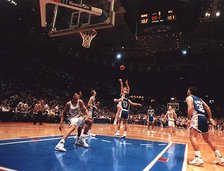




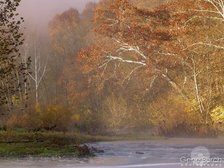








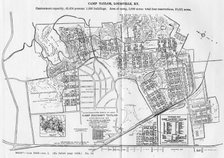
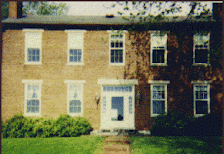

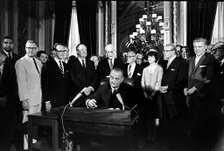

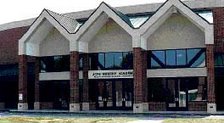
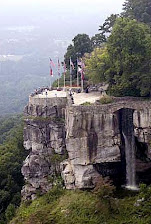

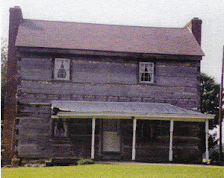
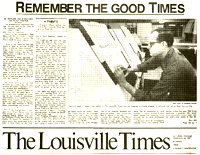
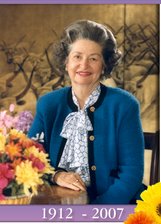
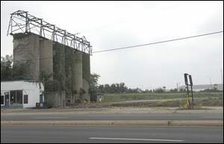
No comments:
Post a Comment